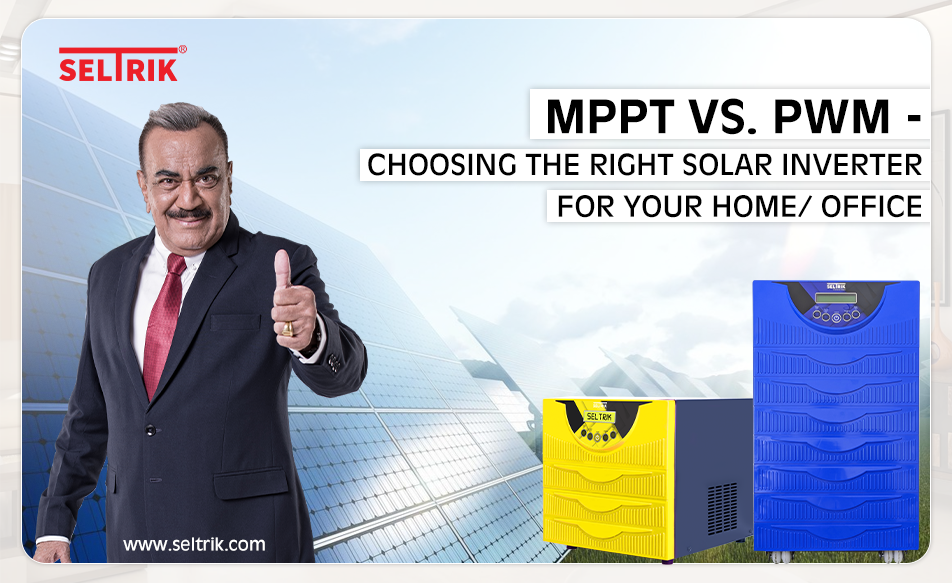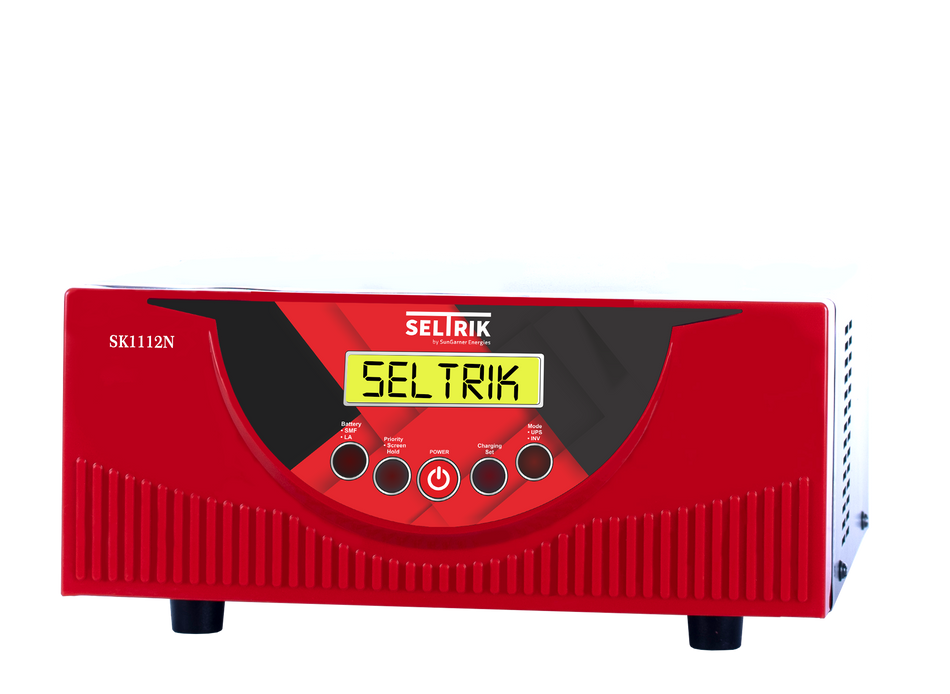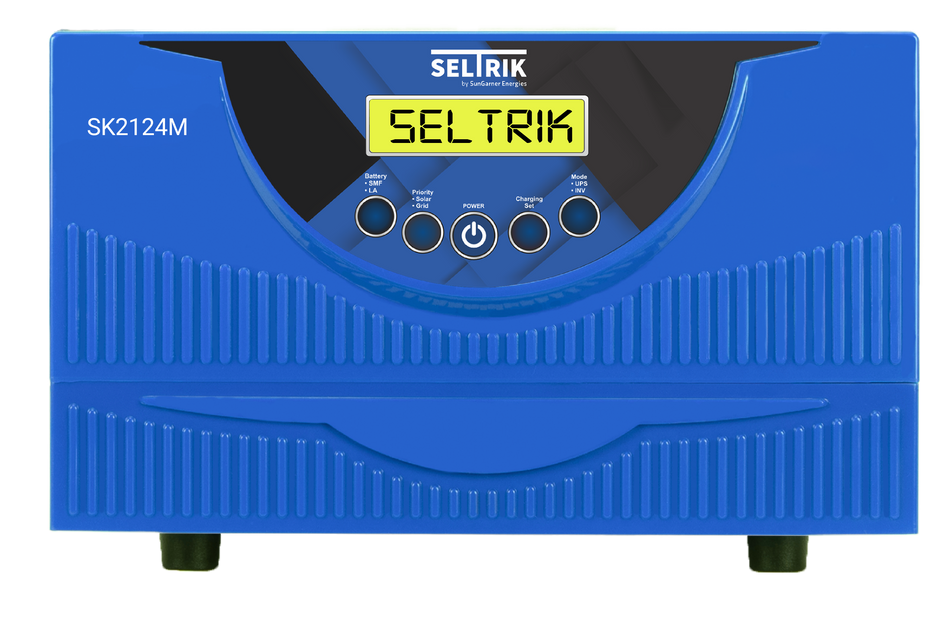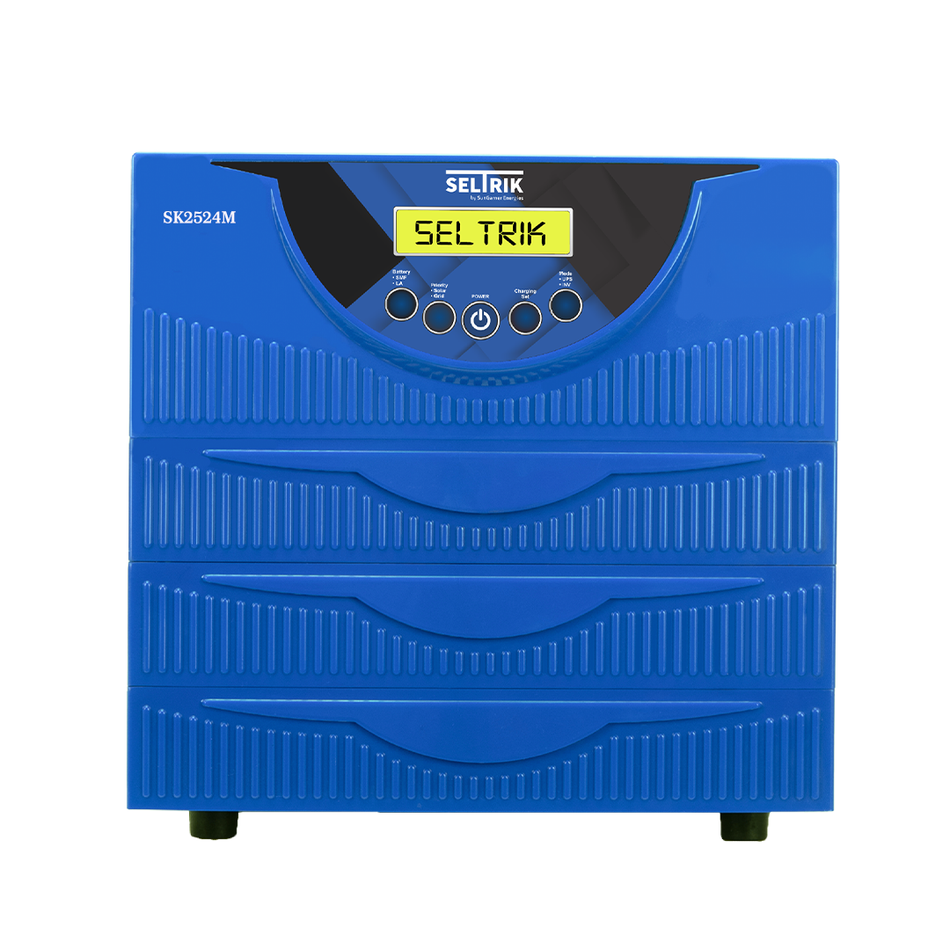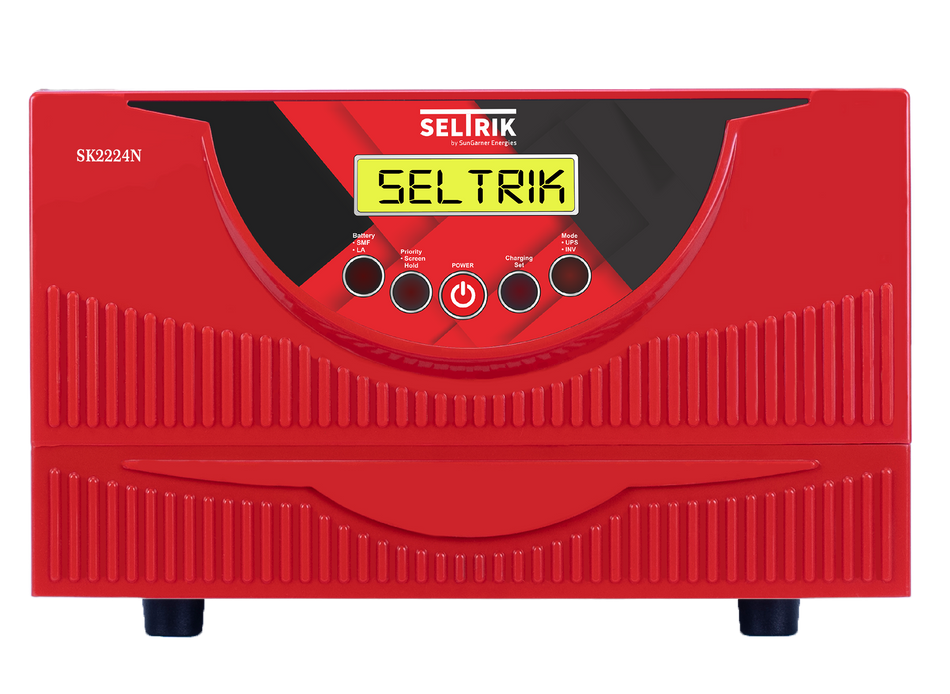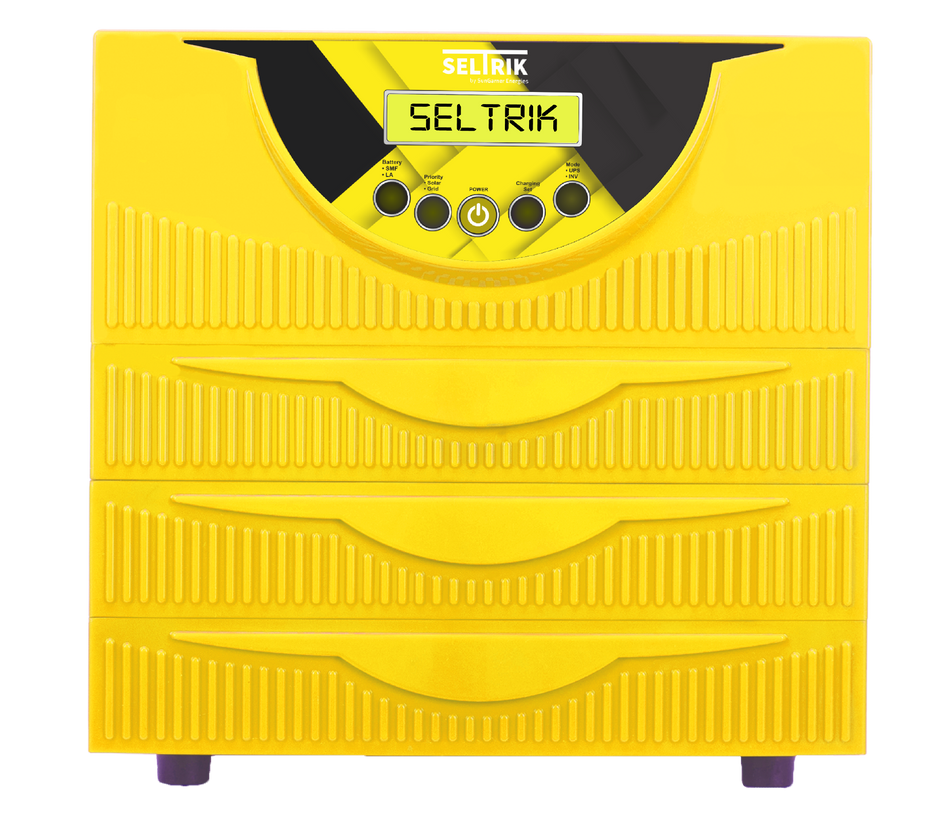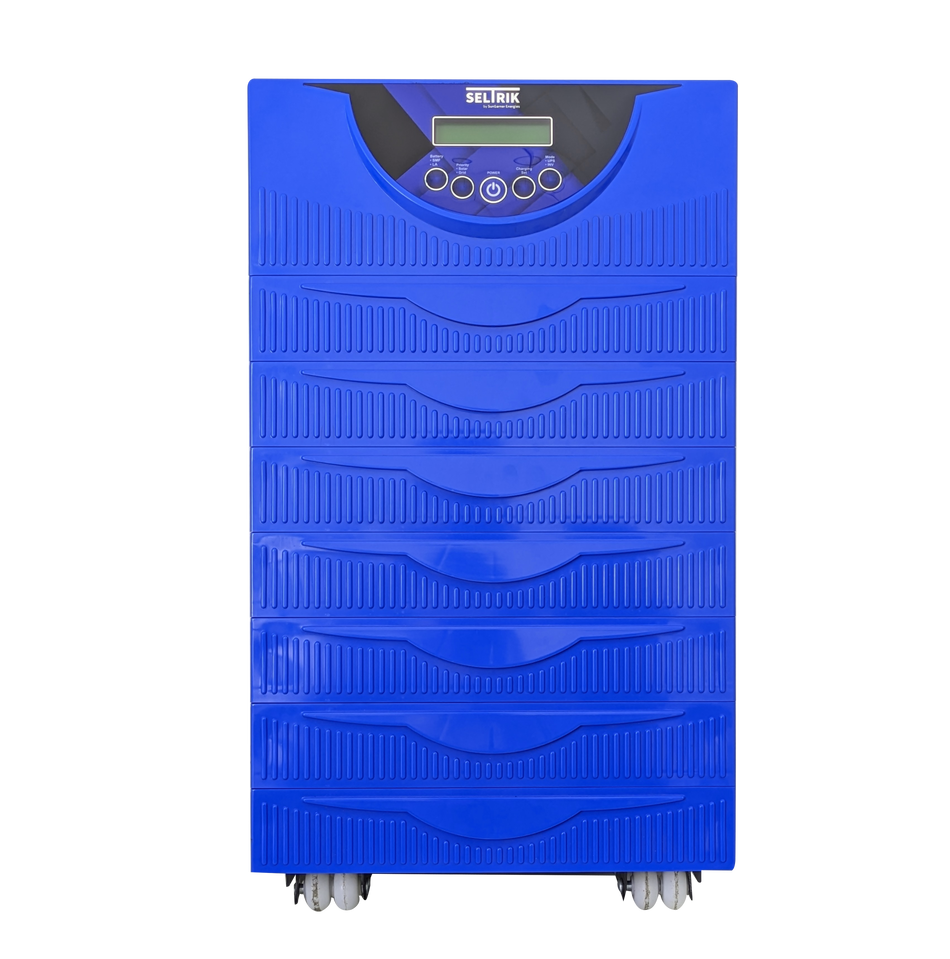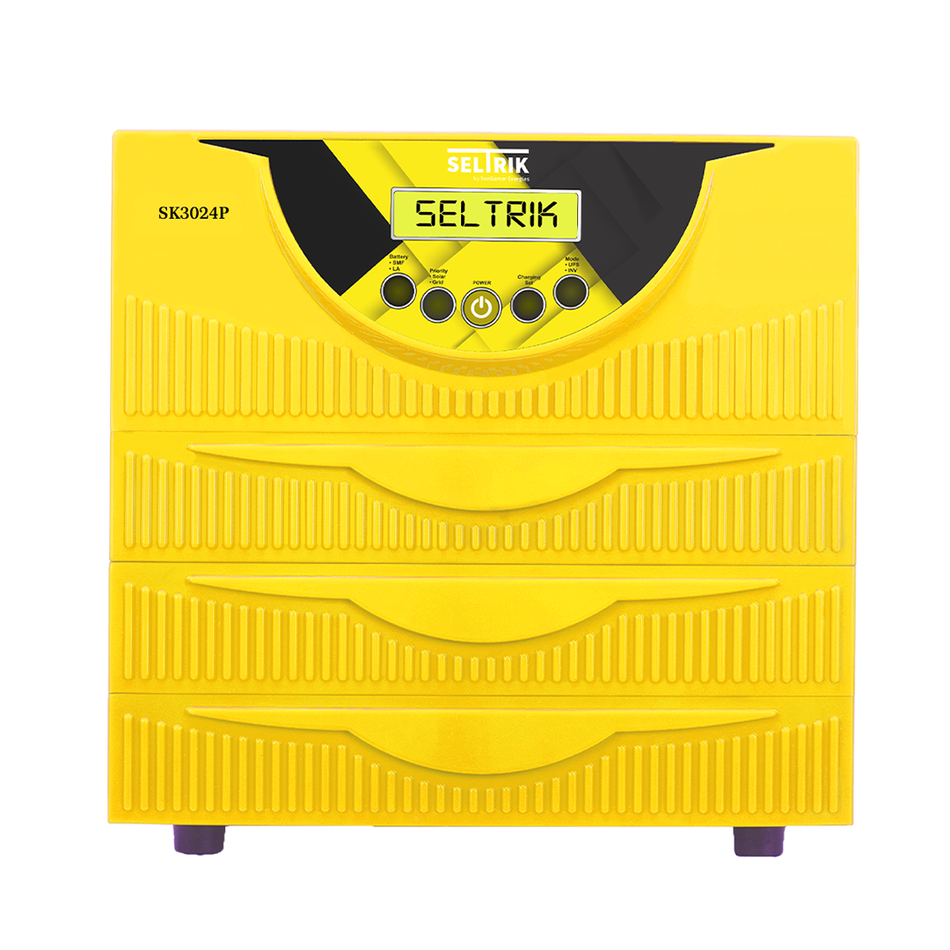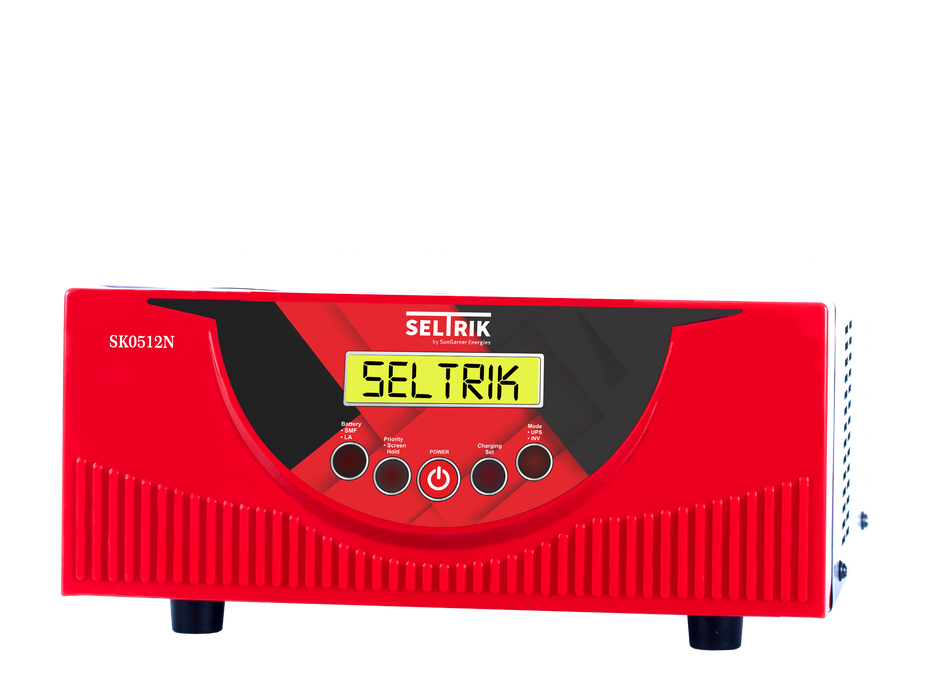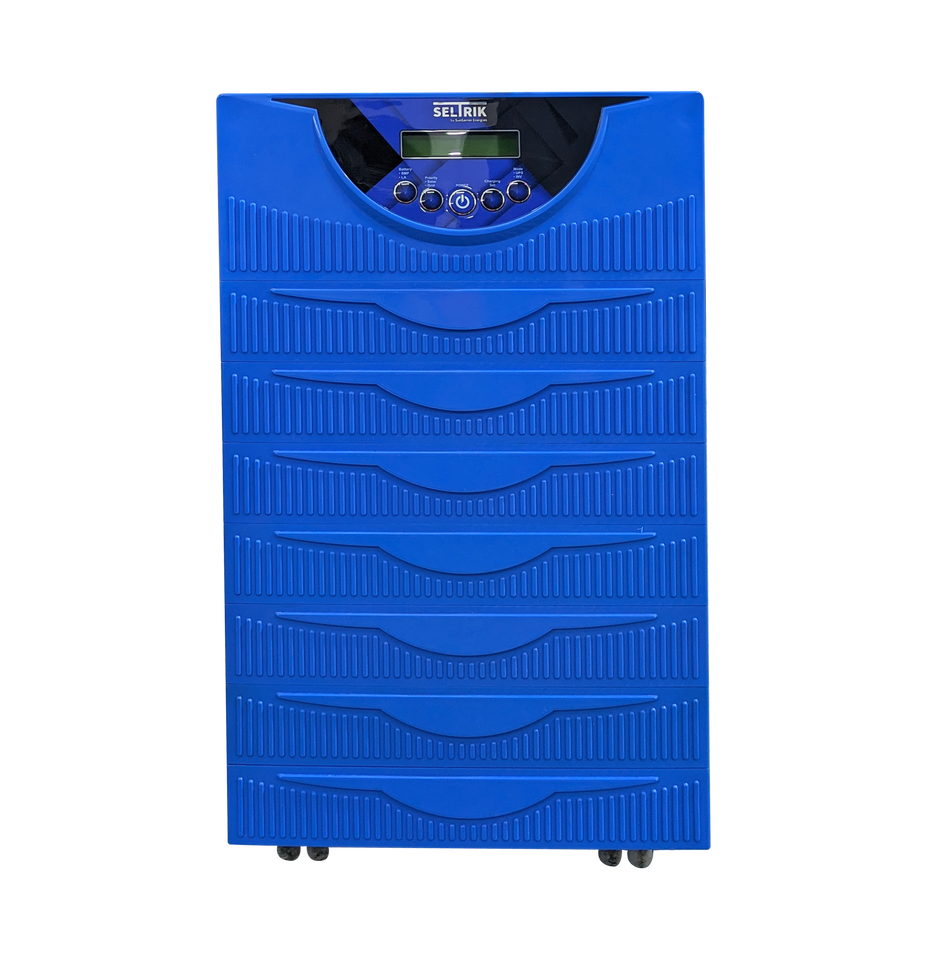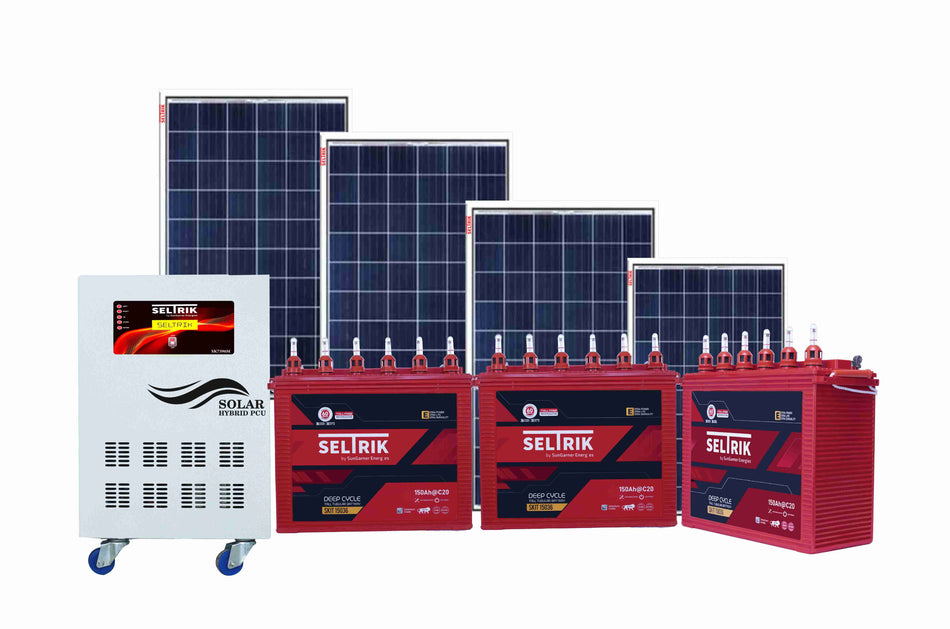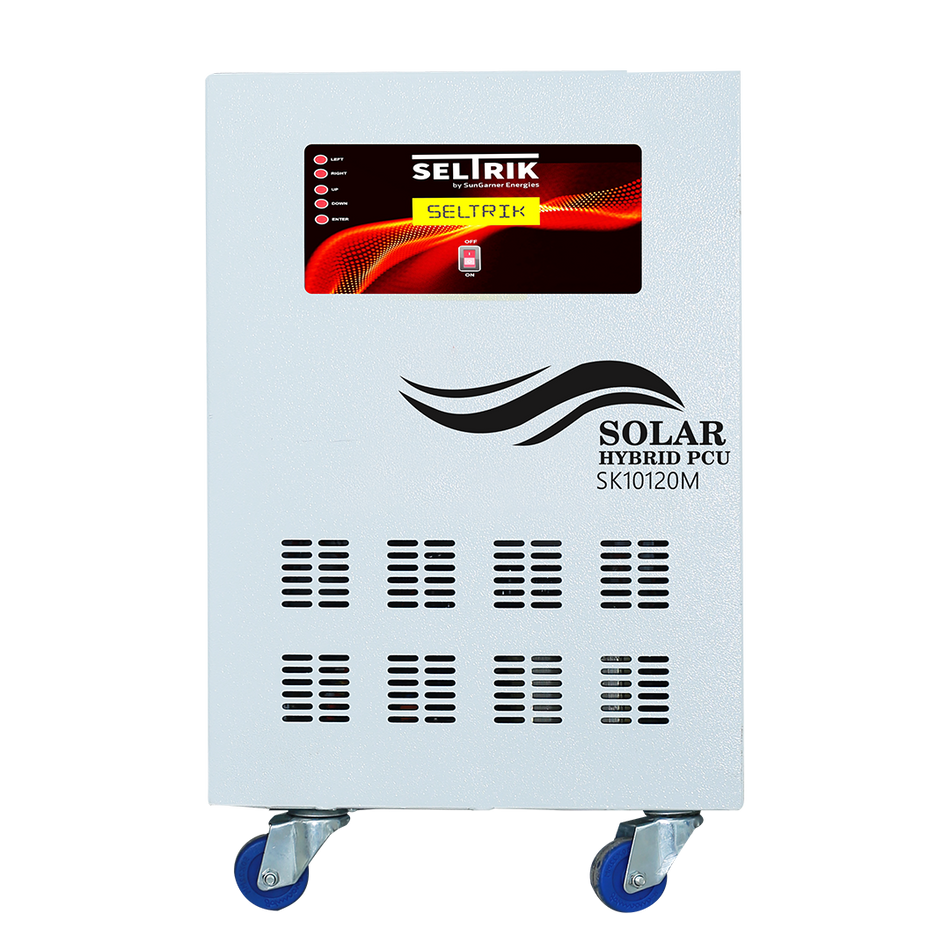With the growing popularity of solar power, an increasing number of people are embracing solar energy to meet their daily electricity needs. If you’re considering installing a solar power system, it’s essential to make informed decisions about its components. One of the most critical steps in this process is choosing between an MPPT (Maximum Power Point Tracking) and a PWM (Pulse Width Modulation) solar inverter.
To help you navigate this decision, we’re breaking down the key differences and factors to consider when deciding between these two types of inverters. Understanding their functionality, benefits, and limitations will ensure you select the right option for your system, maximizing efficiency, longevity, and return on investment (ROI).
In this guide, we’ll explore:
What MPPT and PWM inverters are and how do they work?
The advantages and disadvantages of each type.
Key factors to help you decide which option is better for your unique solar setup.
Making the right choice between MPPT and PWM is not just about technical specifications; it’s about optimizing your solar investment to deliver the best performance and value over time. Let’s dive in and help you make an informed decision to ensure your solar inverter perfectly aligns with your needs
Understanding Solar Inverters and Their Importance: Solar panels generate DC electricity, which cannot be directly used to power home appliances as they operate on AC current. This is where a solar inverter becomes essential, converting DC power from the panels into AC power, making it suitable for household use.
In hybrid or off-grid solar systems, the solar inverter works alongside a solar charge controller to manage and regulate the power flowing into the battery.
This is where MPPT and PWM solar charge controllers come into the picture. These controllers play a key role in ensuring the efficient storage and utilization of solar energy within the system.
What is an MPPT Solar Inverter and How Does It Work?
An MPPT (Maximum Power Point Tracking) solar inverter is a highly efficient device designed to optimize the energy output from solar panels. It ensures that the panels operate at their maximum power point, where the voltage and current combination delivers the highest possible power output.
Here’s how it works:
The MPPT technology continuously monitors the solar panels’ output voltage and current, adjusting them to match the system’s optimal power requirements. This dynamic adjustment ensures that even in varying weather conditions or with partial shading, the solar panels deliver the maximum possible energy to the inverter. MPPT technology ensures the optimal combination of current and voltage, enabling the system to achieve the highest possible power output. Using an advanced MPPT algorithm, it dynamically adjusts the solar panel’s voltage through a DC-DC converter to match the Maximum Power Point (MPP).
This feature allows solar panels to maintain peak efficiency even under varying environmental conditions, such as fluctuating weather or partial shading. As a result, MPPT inverters are significantly more efficient than PWM inverters.
Key Features of MPPT Inverters:
-
Dynamically adjusts the input voltage of solar panels to locate the Maximum Power Point (MPP).
-
Ideal for unpredictable weather, partial shading, or varied environmental conditions.
-
Converts excess voltage into usable current for efficient battery charging.
What is a PWM Solar Inverter and How Does It Work?
A PWM (Pulse Width Modulation) solar inverter is a type of solar inverter that uses a straightforward and cost-effective method to regulate the voltage and current between the solar panels and the battery. It ensures that the battery is charged efficiently without exceeding safe voltage limits.
How It Works:
PWM technology functions by rapidly switching the connection between the solar panel and the battery on and off. This modulation maintains a steady voltage output to the battery while reducing energy loss. However, unlike MPPT technology, it cannot dynamically adjust the panel's voltage to match the system’s maximum power point.
Key Features of PWM Solar Inverter
Simpler Design: PWM inverters have a more basic setup, making them affordable and easier to maintain.
Fixed Voltage Regulation: They operate at the battery's voltage level, which may lead to energy losses if the solar panel voltage exceeds the battery voltage.
Best for Smaller Systems: Suitable for systems with lower power requirements or consistent sunlight conditions.
While PWM inverters are less efficient compared to MPPT inverters, they can still be a practical option for small-scale or budget-friendly solar setups.
Comparison: MPPT Solar Inverter vs PWM Solar Inverter
| Feature | MPPT | PWM |
| Efficiency | High | Moderate |
| Performance in shade | Excellent | Average |
| System size | Medium to large systems | Small systems |
| Technology | Advanced | Basic |
| Compatibility | Works with panels of high-voltage |
Works with Panel
having matched voltage |
Which Solar Inverter is Best for Your Home?
-
You live in an area with frequent weather changes.
-
High efficiency is a priority for your system.
-
You are focused on long-term ROI and durability.
-
Your solar setup is medium to large in scale.
-
The solar panel voltage is higher than the battery bank voltage.
-
You’re installing a small-scale solar system.
-
You have a limited budget and need a cost-effective option.
-
Your solar panel and battery voltages are closely matched.
What is the Best Option for You?
For reliability and top-notch performance, Seltrik provides industry-leading MPPT solar inverters, which come packed with advanced MPPT technology. These inverters deliver:
-
Up to 98% efficiency in energy conversion.
-
Smart switching between grid, solar, and battery modes for seamless operation.
-
Enhanced ROI for both businesses and homeowners.
MPPT technology is more than just a smart investment—it unlocks the full potential of your solar system. Even under less-than-ideal conditions, it ensures peak voltage and maximum energy output.
Conclusion
After comparing MPPT and PWM solar inverters, the choice ultimately depends on your system size, budget, and energy goals. While PWM inverters are suitable for basic, budget-friendly setups, MPPT inverters are the smarter option for those seeking higher savings, improved performance, and long-term solar efficiency.
Choose smart power to ensure uninterrupted energy, no matter the weather.
If you're searching for a reliable solar inverter for your home or business, consider the Seltrik MPPT solar inverter (high-frequency off-grid inverter). It is designed to maximize output from your solar panels.
📞 Call us now at +91-9717558008 to find the perfect solution for your solar needs.
FAQs
1. What is the main difference between MPPT and PWM inverters?
MPPT inverters dynamically adjust the voltage to maximize power output, while PWM inverters regulate voltage at a fixed level, making MPPT more efficient.
2. Which inverter is better for large solar setups?
For medium to large solar systems, MPPT inverters are better due to their higher efficiency and ability to handle varying conditions.
3. Are MPPT inverters worth the higher cost?
Yes, MPPT inverters offer better performance, higher energy conversion rates, and long-term savings, making them a worthwhile investment.
4. Can I use a PWM inverter with high-voltage solar panels?
PWM inverters are not ideal for high-voltage panels as they cannot adjust voltage dynamically, leading to energy loss.
5. How do I choose the right inverter for my needs?
Consider your budget, system size, and energy requirements. For advanced performance and efficiency, MPPT inverters are recommended.
Also Read: Inverter & UPS: Few Critical Mistakes to Avoid When Choosing a Branded Inverter
Contact Us for Immediate Assistance:
WhatsApp Support: +91 7428744994
Toll Free No. 1800 102 2748
Email Support: office@seltrik.com
or
You may register your Complaints
With these contact options, expert help is just a message or call away. Our dedicated customer support team is committed to ensuring your inverter battery functions optimally, no matter the weather.
You can purchase best inverters for your home & offices online through Flipkart and Amazon.
Tags: Solar Inverter, Lithium-ion Compatible Inverter, Lithium Battery, MPPT Inverter, PWM Inverter, Pure Sine Wave Inverter

